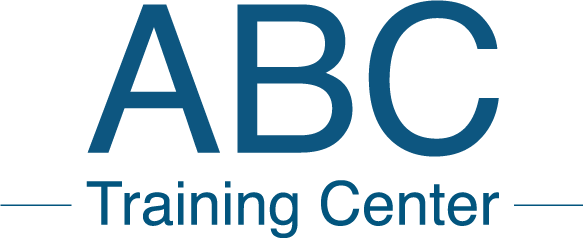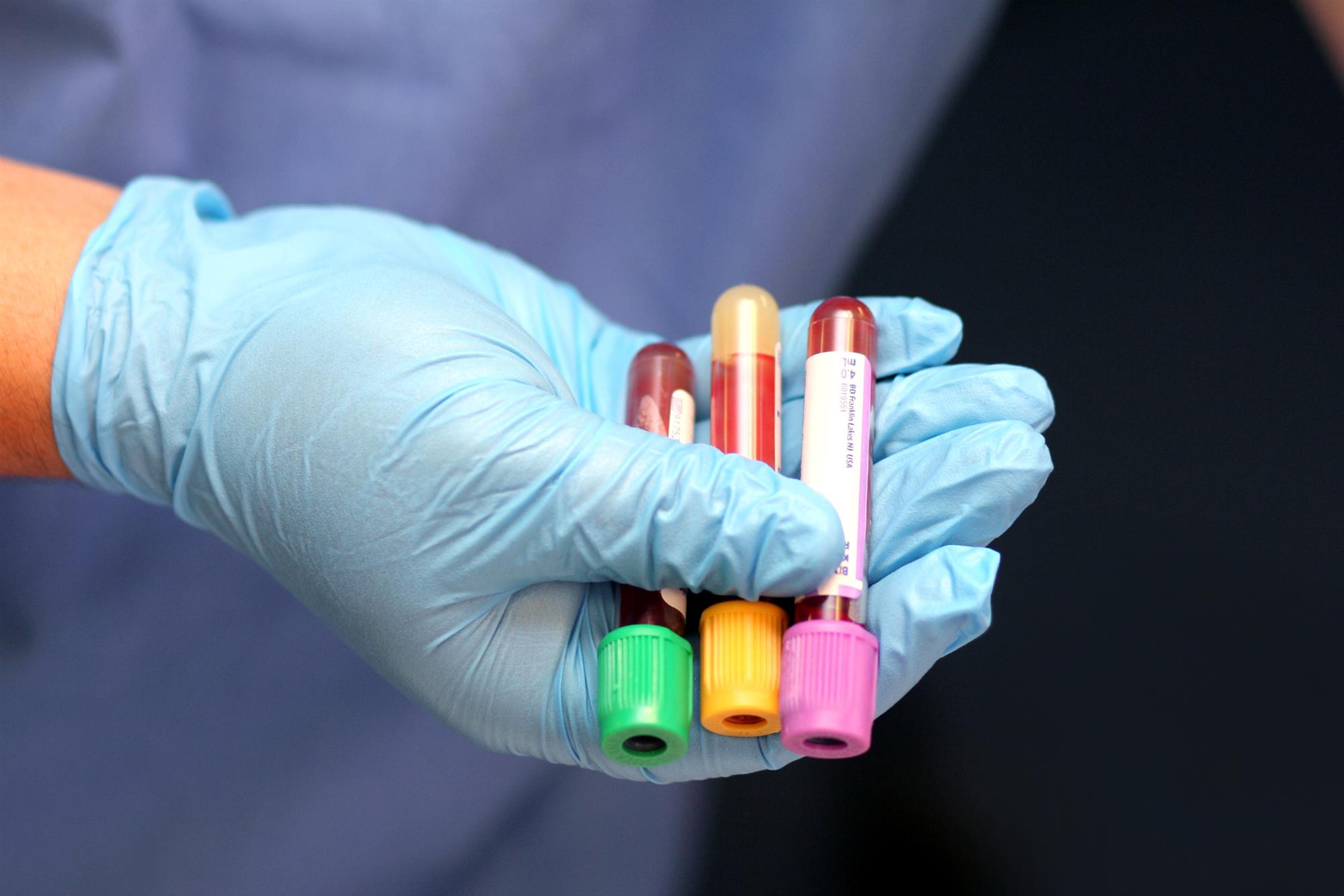Phlebotomists cannot simply call a patient back and start taking their blood immediately. There are guidelines and safe practices they need to follow to ensure the procedure goes smoothly and is safe for everyone involved. The EKG and phlebotomy training in NYC classes from the ABC Training Center helps you prepare to meet these guidelines so you can handle your job well. Read on to learn about guidelines related to this emerging field.
Pre-Planning
You need to perform some pre-planning before starting any procedures. The first step is to find a clean, well-lit area where you can see what you are doing. You also need all supplies readily available. The list of supplies includes non-sterile gloves, disposable needles, an alcohol rub, and syringes. It is ideal to keep a full set of supplies in the room where you’re working so you can handle one patient after the other without the need to stop and find more supplies.
Order of Draw
There may be times when you have to take multiple samples. You do not simply start drawing blood from any location and fill any tube. There is a particular order of draw to follow. SPS blood cultures get taken first, followed by the red glass tubes.
You then fill the Sodium Citrate Blue, followed by the serum tubes with clot activators. Sodium or Lithium Heparin comes in green, while EDTA comes in pink or purple.
Follow these with the gray containers, and then use the Yellow ACD. Your paperwork should divulge which samples are required and indicate the proper order of draw to use.
Patient Care
You need to properly care for the patient while they are in your presence. Make them feel comfortable and let them know each step as you are completing it. A tourniquet is needed to tie around the arm so you can get a good vein. You need to feel around for a vein that is able to stand out and handle the needle. Let the patient know it may feel tight, but it will not hurt them.
During the draw, work quickly but effectively. Immediately remove the needle when you have finished and cover the poked skin with a cotton ball and bandage. Remind the patient that he or she needs to keep it on the area for at least 15 or 20 minutes before it can get removed.

Sample Handling
All blood samples must be handled with care. You should never shake a tube or mix it too vigorously. You also need to safely transfer the samples during transit so you do not jostle the blood cells and cause them to burst. Improper handling could cause the sample to be damaged, forcing you to redraw the patient’s blood.
If you are not yet prepared to follow the phlebotomy guidelines and best practices, it may be necessary to take additional EKG and phlebotomy training courses in your area. This type of training will better prepare you for the job and ensure you understand the rules to follow when taking blood safely from patients.

